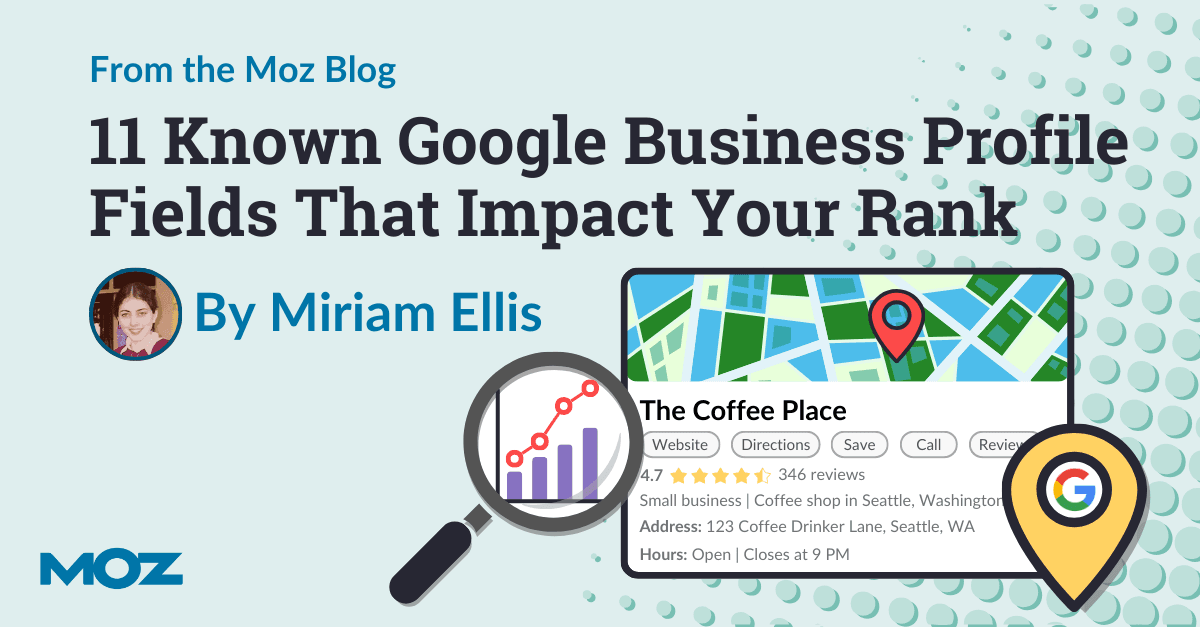I calculate that I’ve been tuning into Mike Blumenthal’s take on local search for about 20 years now. There’s a reason his voice has become such a trusted one in the industry, and I want to summarize something he recently wrote which strikes me as elegantly encapsulating this moment in local search time:
-
There is a ton of talk at the moment in the larger SEO industry about Google self-preferencing its own results. At a legislative level, Google favoring its own products so that third-party assets are less visible has become the subject of antitrust inquiry.
-
A historical example of Google self-preferencing is the 2007 removal of a highly visible link to MapQuest, which has been cited as contributing to the downfall of that once-dominant brand, while the self-preferenced Google Maps rose to near-monopoly status.
-
When it comes to self-preferencing, Google’s local graph is an asset they are extremely interested in protecting. As Mike Blumenthal states in his piece,
“At the EU EMA hearings in Brussels…Google was quite clear that they would not be talking about Local Search results or their entity graph in the context of “self-preferencing.” By attempting to set up this boundary, they’re trying to protect one of their important sources of proprietary data that encourages zero-click behaviors: the local graph.”
Every local business owner and SEO should read Mike’s full article, Local Search Is Evolving, Here’s Why You Need to Pay Attention. In the context of these realities and of the overall state of search in 2024, these are my three top takeaways and tips:
1. Unpopular SERP changes
There is absolute chaos going on this year in the organic SERPs due to a variety of updates coupled with the rushed rollout of elements like AI Overviews, which set a new high bar when it comes to self-preferencing. Most of Google’s recent developments are not big wins for publishers/business owners whose content is being scraped and turned into AI hash and whose own sites are struggling for organic visibility amid content farms and other low-quality entities.
2. When it comes to web traffic, local is different
Local search is often an outlier. Whereas Google’s self-preferencing of SERP content directly, negatively impacts publishers, the effect of their bias towards their own local graph has somewhat different outcomes for local business owners and their marketers. As Mike Blumenthal succinctly sums it up, “Web traffic, while nice, is not critical to our success in Local.”
In other words, as long as a customer finds you and arrives at your premises or books an appointment, do you really care whether they got to you via your website or via a local pack quad pack, infinipack, twin pack, places site, local finder, Google Maps, a product-oriented local result, a SERP feature, or an AI overview? The answer is: maybe not too much. You mainly only care if these sources get your business info wrong and drive customers away.
3. Local lemonade out of SERP lemons
Self-preferencing and antitrust concerns, while absolutely legitimate, have to be seen in a slightly different light in local. If local businesses are still directly benefiting from being the ingredients that makeup Google’s ever-changing menu of different local SERP features, the stress of the monopoly scenario feels a little less urgent in our neck of the woods. We are still definitely earning customers from Google’s tight grip on its local graph. Google is heavily invested in making local visible in their ecosystem.
In sum, the relative stability and usefulness of local SERPs amid a stormy Google organic SERP makes them something which the local businesses you market can focus on in hopes of good (and somewhat dependable) gains that continue to drive both online and offline conversions, if you get the basics right. So now, let’s look at those basics.
